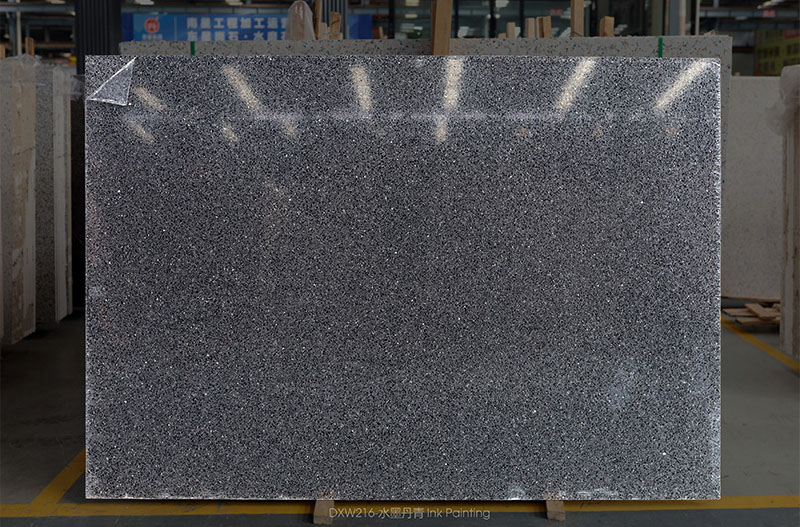

- #Discount 3d cnc carving terrazzo tiles update#
- #Discount 3d cnc carving terrazzo tiles pro#
- #Discount 3d cnc carving terrazzo tiles series#
The yellow lines indicate the tile sizes, but the light red areas also indicate the overlap region for each tile. The 2D View indicates how the model area is split into tiles.

#Discount 3d cnc carving terrazzo tiles update#
Once you have set your tiling option, click the Update Tiles button to see your settings reflected in the Tile Previews in either the 2D or 3D Views. Similarly, the overlap distance is only applied in the direction of the draw-through.īecause you will typically be cutting the same piece of material with each toolpath tile, the overlap distance for Feed-through is not as critical as for Individual tiles and is typically used to allow for a margin of error in your set-up accuracy. In these cases you will only need to define either the Tile Width or Height (which corresponds to your intended feed-through distance), as the other dimension is assumed to correspond to the shorter side length of your material and will match the equivalent current job dimension.
#Discount 3d cnc carving terrazzo tiles pro#
VCarve Pro specifically supports this technique using the Feed-through in X/Y options.
#Discount 3d cnc carving terrazzo tiles series#
Instead of cutting a series of individual pieces of material and assembling them later, it can also be convenient to cut a single strip of material using a series of set-ups - moving the material through the machinable area between cuts. The overlap for independent tiles is particularly important for 2.5D toolpaths that utilize the shape of your tool bit (such as V-bit carving).Ģ.5D toolpaths will need to 'overrun' the edges of your tile in order to complete their cuts using the side of the bit.įor this reason, the overlap distance for Independent Tiles will typically need to be at least equal to the radius of your tool bit. Tiles are created from the bottom left of your model. With this option selected, you are asked to specify the width and height of each tile, and the required overlap (which will be applied in each direction). This is generally the preferred option if you have independent pieces of material to machine, or if you have a moving-bed type CNC machine that will not allow you to 'overhang' material outside of the machinable area. This splits the current job in both X and Y, to form a series of entirely separate toolpaths. The first tiling option is for individual tiles. There are three layout strategies for tiled toolpaths, the most appropriate one will depend on your machines capabilities and the available material. The currently active tile can be previewed in either the 2D or 3D View.

The lower section of the tiling form allows you to select and activate each of the tiles. The top section of the tiling form allows you to set the type of tiling you require (see below for more information) and the appropriate settings for each tiling strategy. While the Tile Toolpaths mode is enabled (using the checkbox on this form) any toolpaths that you save will automatically be divided into tiles. The toolpath tiling form will 'split' the full-size toolpaths into a number of discrete, but precisely aligned, toolpath tiles as soon as you click the Update Tiles button.Īny toolpath arcs spanning a tile boundary will remain as arcs after tiling. Once you have calculated required toolpaths, click on the toolpath tiling button in the toolpaths pane to open up the toolpath tiling form.

The process of tiling begins by creating toolpaths based on the final object entirely as normal - at this stage you do not need to take any account of the available machining bed size. Once cut, the tiles can then be re-assembled to form the finished piece. In both cases, a much larger project can still be achieved by breaking the toolpath down into manageable tiles or strips, each of which can fit within the machinable area of your CNC machine, or on the available material blocks. This process is also invaluable if the maximum size of your material pieces are limited. Using the Toolpath Tiling options it is possible to machine objects and designs that are many times larger than the available area of your CNC machine bed.


 0 kommentar(er)
0 kommentar(er)
